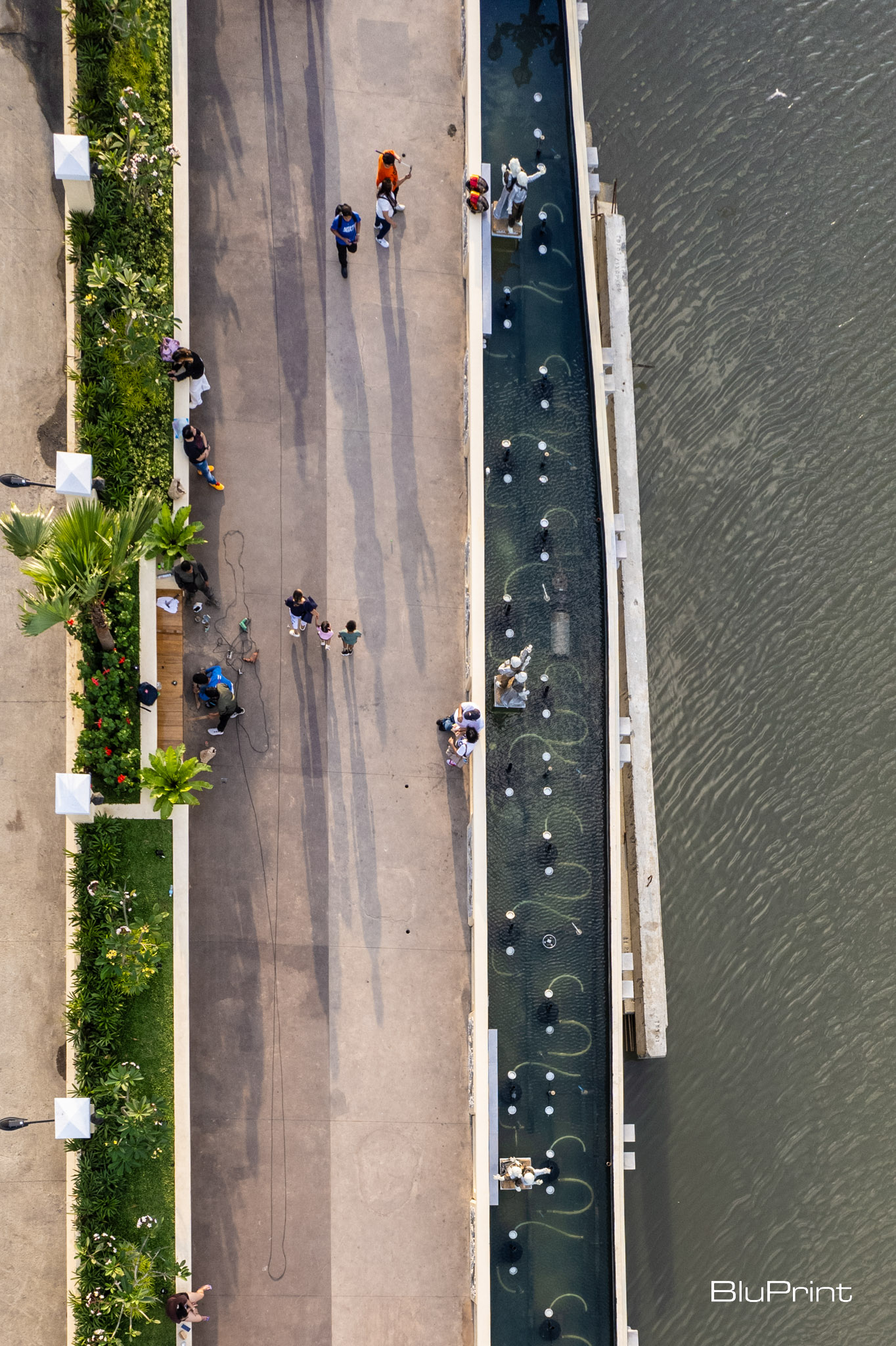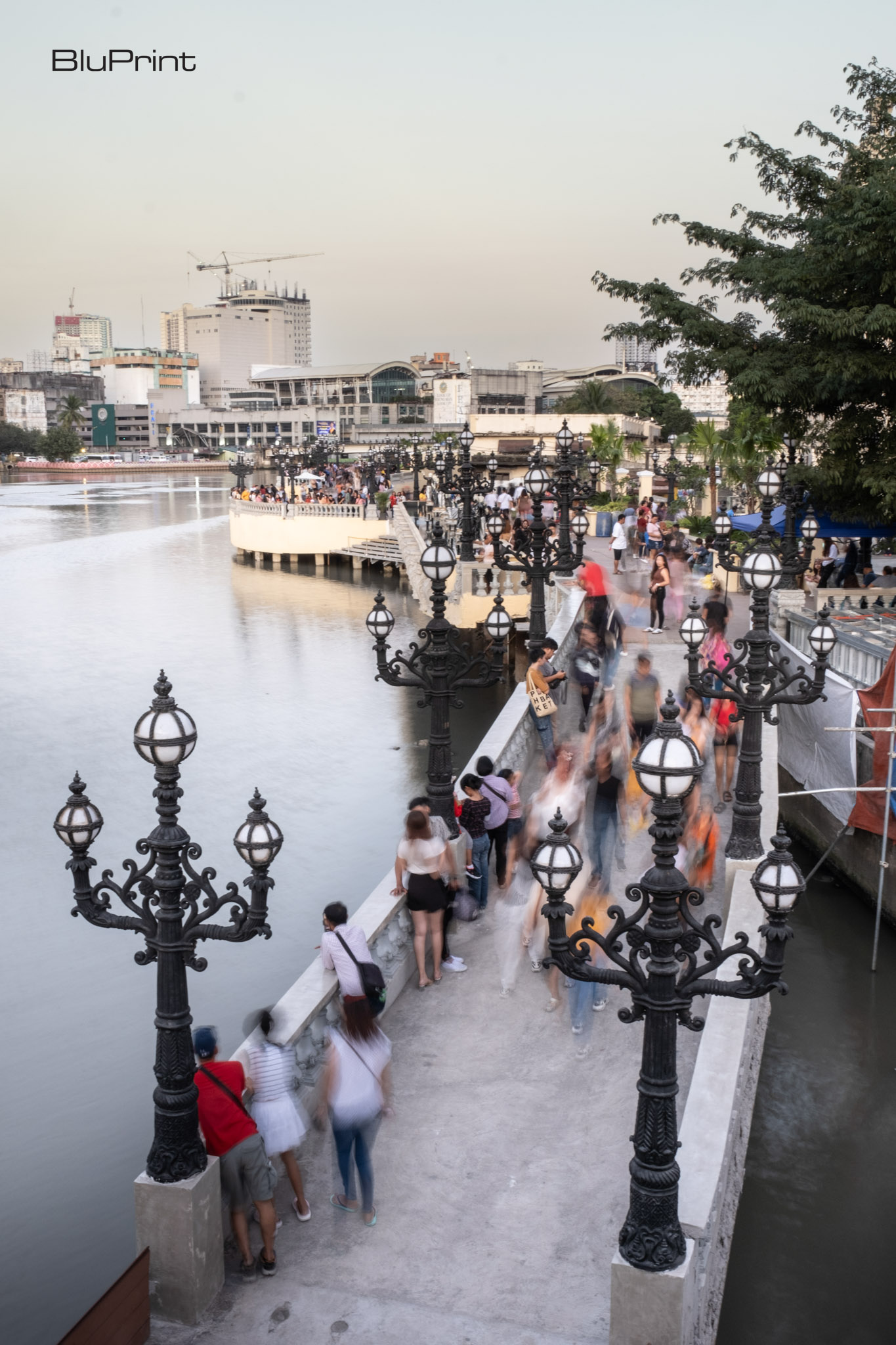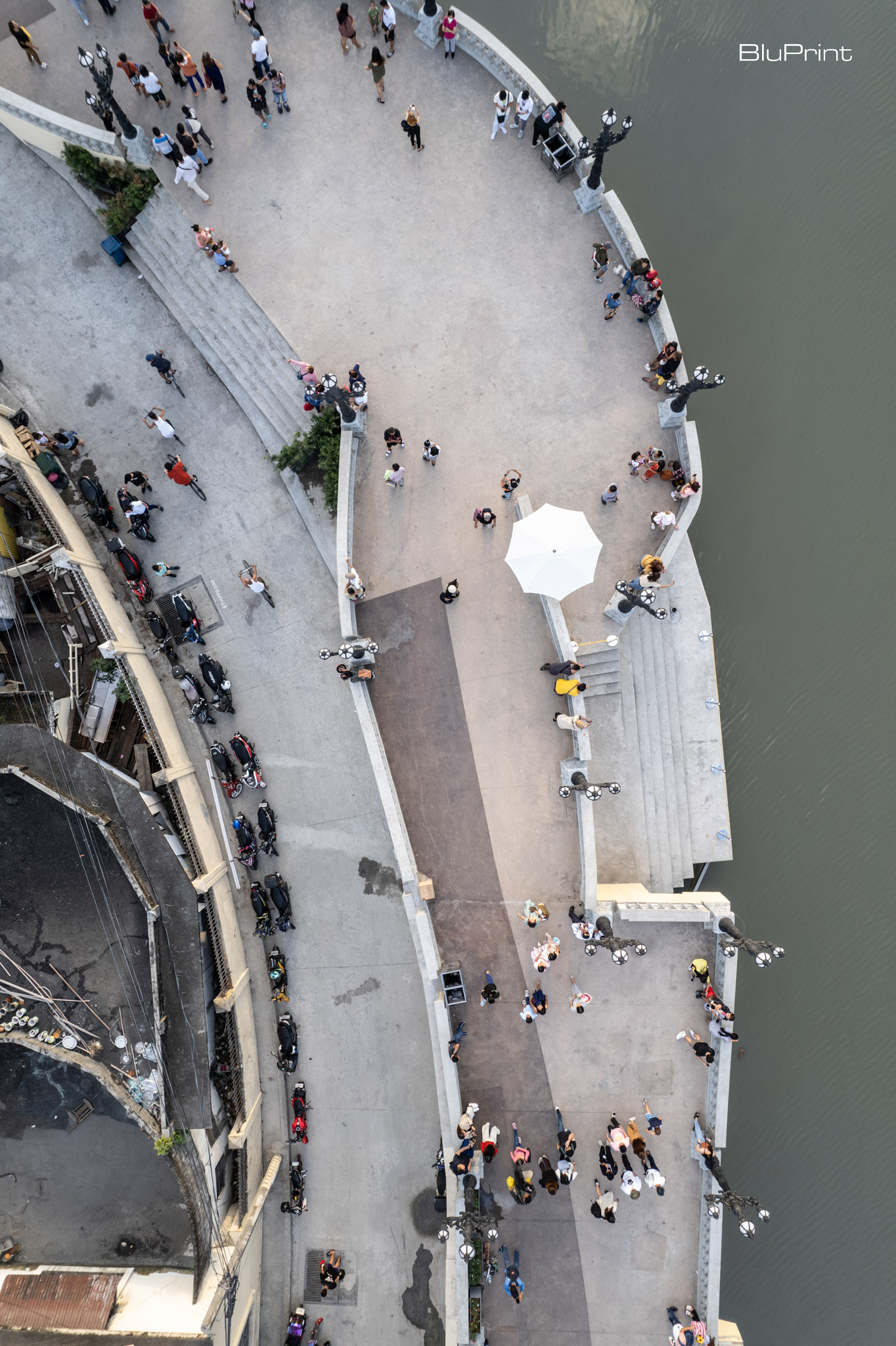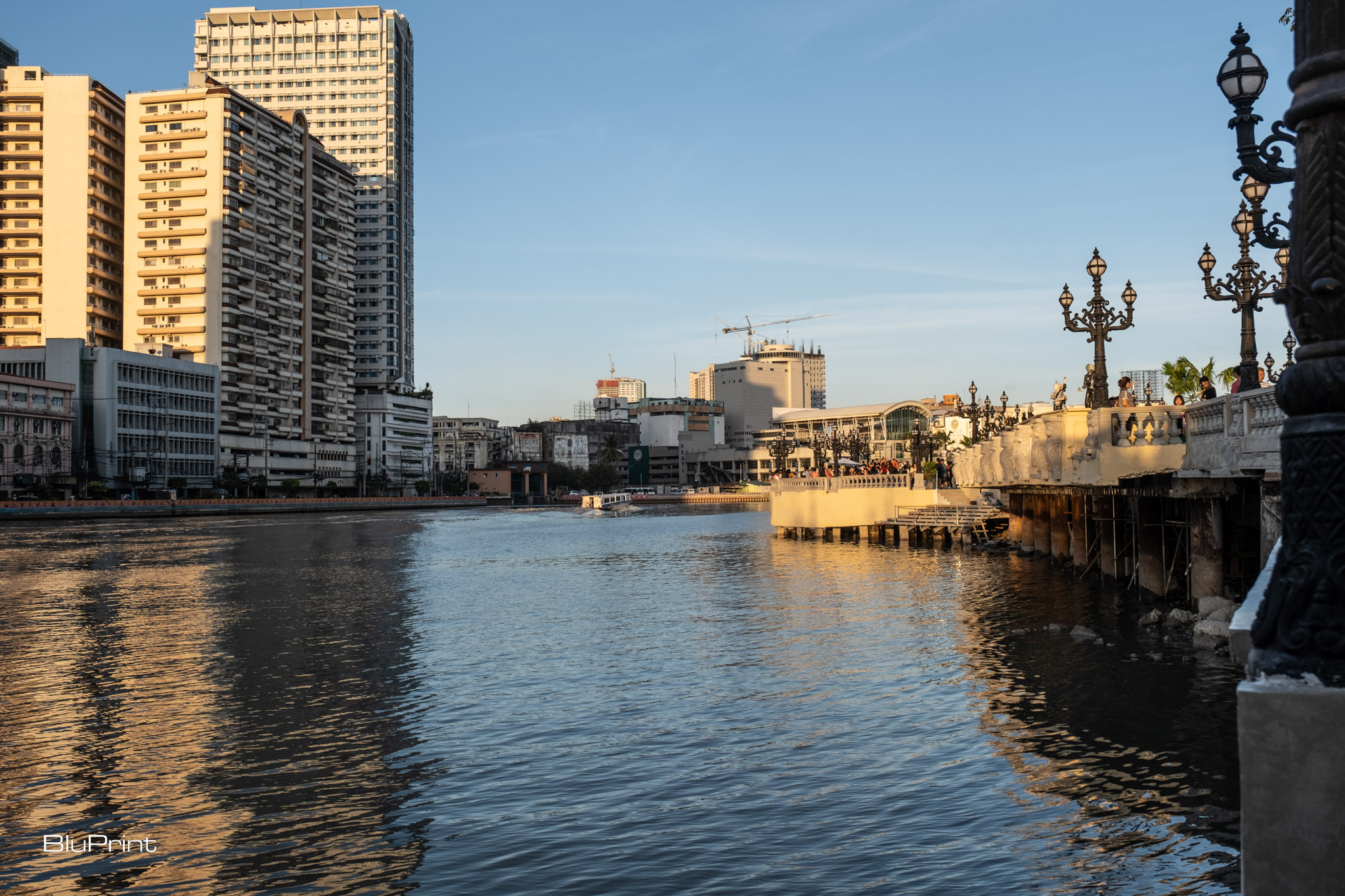
PAREX Is Canceled: Everything You Need to Know
In Metro Manila, the controversial Pasig River Expressway (PAREX) project sparked intense debate about the direction that infrastructure development was taking within the nation’s capital. Expressways, or Controlled-Access Highway, are roadways for high-speed and are often accompanied by tollways. It’s not uncommon to find them within metropolises throughout the world.
However, the impact of these massive structures on the urban fabric, environment, and quality of life has increasingly come under scrutiny. Around the globe, cities from the United States to South Korea are now opting to remove inner-city highways and revitalize their waterfronts with mixed-use development and public spaces.
The Pasig River Expressway

The Pasig River Expressway (PAREX) was an ambitious project proposed by San Miguel Corporation (SMC) to construct a 19.37-kilometer, 6-lane elevated expressway along the banks of the Pasig River. The expressway would have connected the city of Manila with Rizal province, passing through the urban centers of Makati, Mandaluyong, and Pasig. The project aimed to alleviate traffic congestion in the NCR by providing an alternative route to the heavily congested EDSA and C-5 roads. The EIS summary goes into greater detail regarding the project’s specifications.
The rationale for PAREX listed a variety of economic, environmental, and social benefits. Firstly, the projected reduction of traffic congestion in Metro Manila would save 277 million pesos daily ( around 98 billion pesos yearly). Furthermore, it claimed it would potentially increase property values and commercial activities along its route.
In terms of environmental impact, it assessed that around 3,200 tons of CO2 would be generated per kilometer built (totalling around 62 thousand tons). However, the new road would reduce traffic and therefore hypothetically prevent at least 195,000 kgs of CO2 emissions per day. Aside from that, the construction across the river bed would move a great deal of soil and silt, disturbing water quality and level.
From a social standpoint, the expressway would interlink with other transport systems, such as Skyway Stage 3, a proposed Bus Transit System, and the Pasig River Ferry System. Furthermore, it will complement other planned infrastructure developments such as C5-MRT10 and Fort Bonifacio-Makati SkyTrain.
Why PAREX Was Canceled
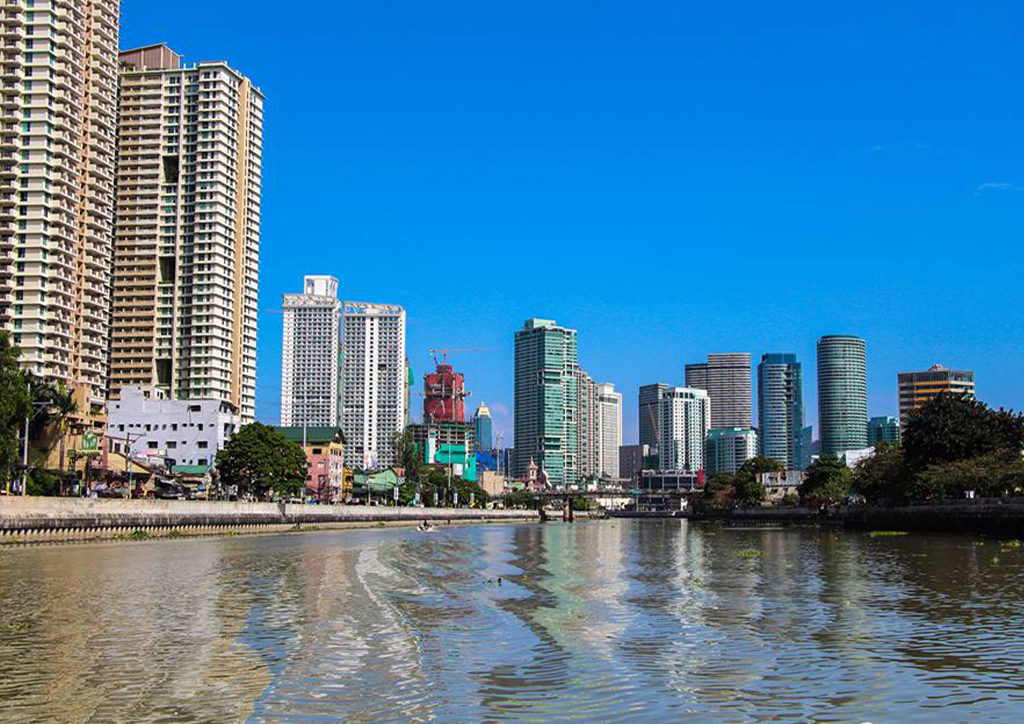
Although the intention of PAREX was to bring Metro Manila to greater economic heights through more infrastructure, the way it intended to go about its development made it subject to public scrutiny. Numerous sectors and stakeholders manifested their grievances with the project. One such instance is the release of a statement, NoToPAREX, that multiple organizations and personalities signed.
Environmental groups raised concerns about the potential damage to the river’s ecology and hydrology due to the extensive construction required for the expressway. They argued that the project would exacerbate air and water pollution, harming the river’s fragile ecosystem and biodiversity.
Heritage advocates also expressed apprehensions, emphasizing how the massive road would obscure historic districts like Intramuros and other heritage buildings along the river. They feared that the expressway would diminish the cultural and architectural significance of these areas, detracting from their value as tourist attractions and sources of national pride(document prepared by Renacimiento Manila).
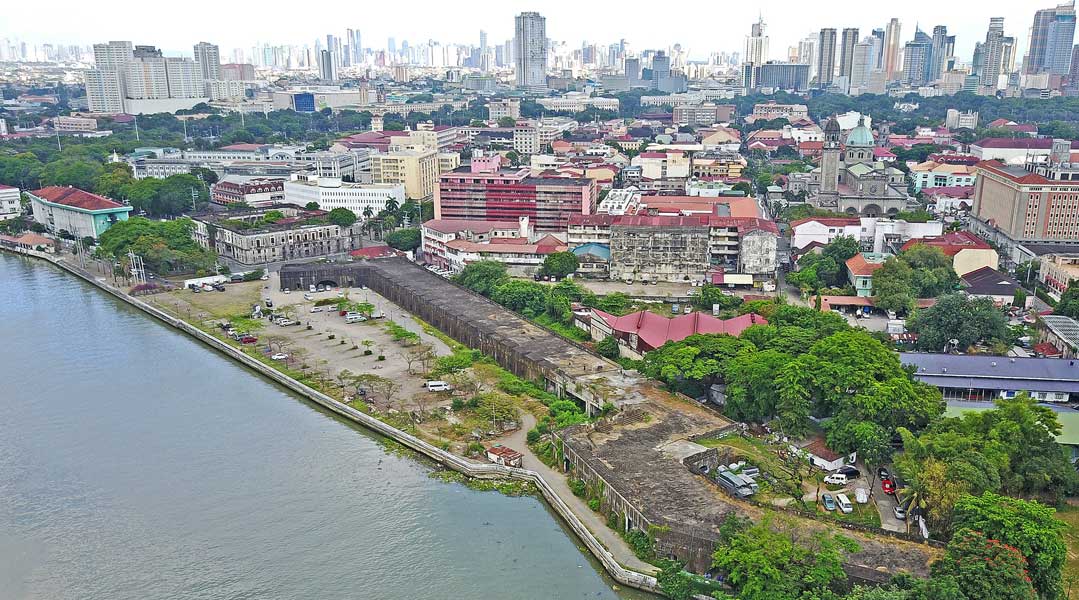
Urban planners argued that it represented an outdated, car-centric approach that would ultimately worsen traffic congestion by encouraging more private vehicle use. They pointed out that the project would work against efforts to promote sustainable mobility, such as improving public transportation and encouraging walking and cycling.
In response to these concerns, San Miguel Corporation (SMC) announced the cancellation of PAREX in March 2023. Ramon Ang made the following statement: “Alam mo, ako ‘yung businessman na kapag nakita ko, ayaw ng kababayan natin ‘yung project, hindi ko itutuloy,”. (I’m the type of businessman that when I see that our countrymen don’t like the project, I won’t push through with it.)
Regardless of this cancellation, SMC still continues to conduct rehabilitation operations throughout the major waterways within the national capital region.
A Greener Alternative
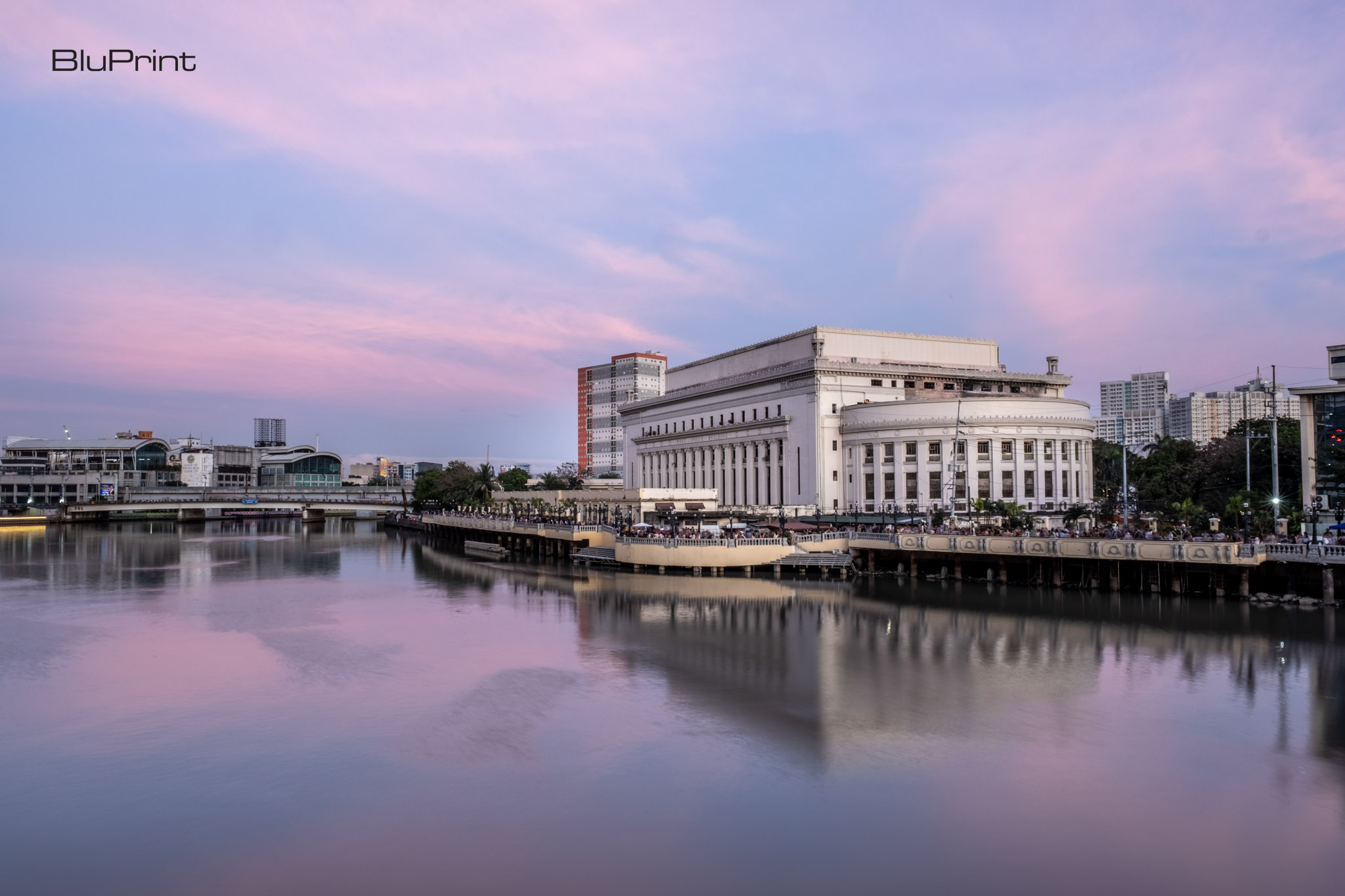
As criticism mounted against PAREX, a greener vision for the Pasig River emerged in the form of the Pasig River Esplanade. Designed by WTA Architecture and Design Studio and the Philippine Green Architecture Advocacy (PGAA), this project aims to create a network of pedestrian and bicycle-friendly paths, parks, and public spaces along both sides of the river. Green infrastructure and amenities, such as lush landscaping, shade trees, seating areas, and performance spaces introduce numerous benefits.
The recent inauguration of the Pasig River Esplanade’s showcase area in January 2024, spanning nearly 500 meters along the Manila Central Post Office building, demonstrates the potential of this new approach. Project designers William Ti and Paolo Alcazaren emphasized the importance of creating unimpeded pedestrian and cycling lanes that connect all the cities along the river, improving the quality of life for residents who previously lacked access to open spaces.
Deciding the Fate of Manila’s Urban Fabric
It is essential for numerous sectors of civil society to work together in navigating issues of rapid urbanization, traffic congestion, and climate change. The debate surrounding PAREX and the emergence of the Pasig River Esplanade represents a pivotal moment. It ultimately reflects two different visions of the city – one that prioritizes passage for vehicles and one that is oriented towards designing for people. By prioritizing green mobility, public space, and adaptive reuse along its historic waterway, Manila can unlock the potential of the Pasig River and reestablish a connection with nature amidst the urban landscape. Transforming it from a polluted, congested waterway into a vibrant, accessible public amenity can make it a powerful symbol of the country’s commitment to sustainable development.
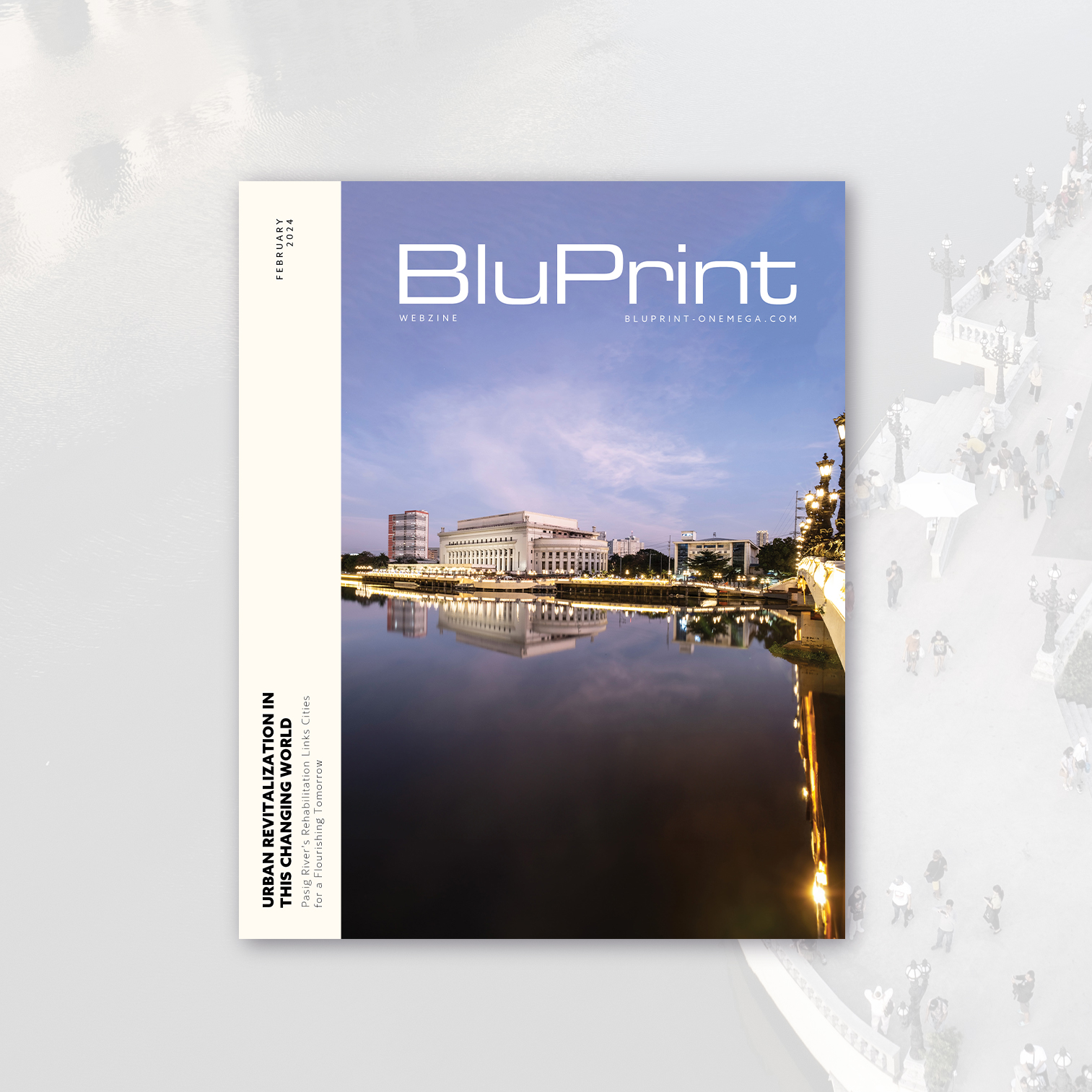
Read More: Revitalizing the Pasig River to Transform Manila’s Social Fabric
Pasig Esplanade photographed by Ed Simon.
